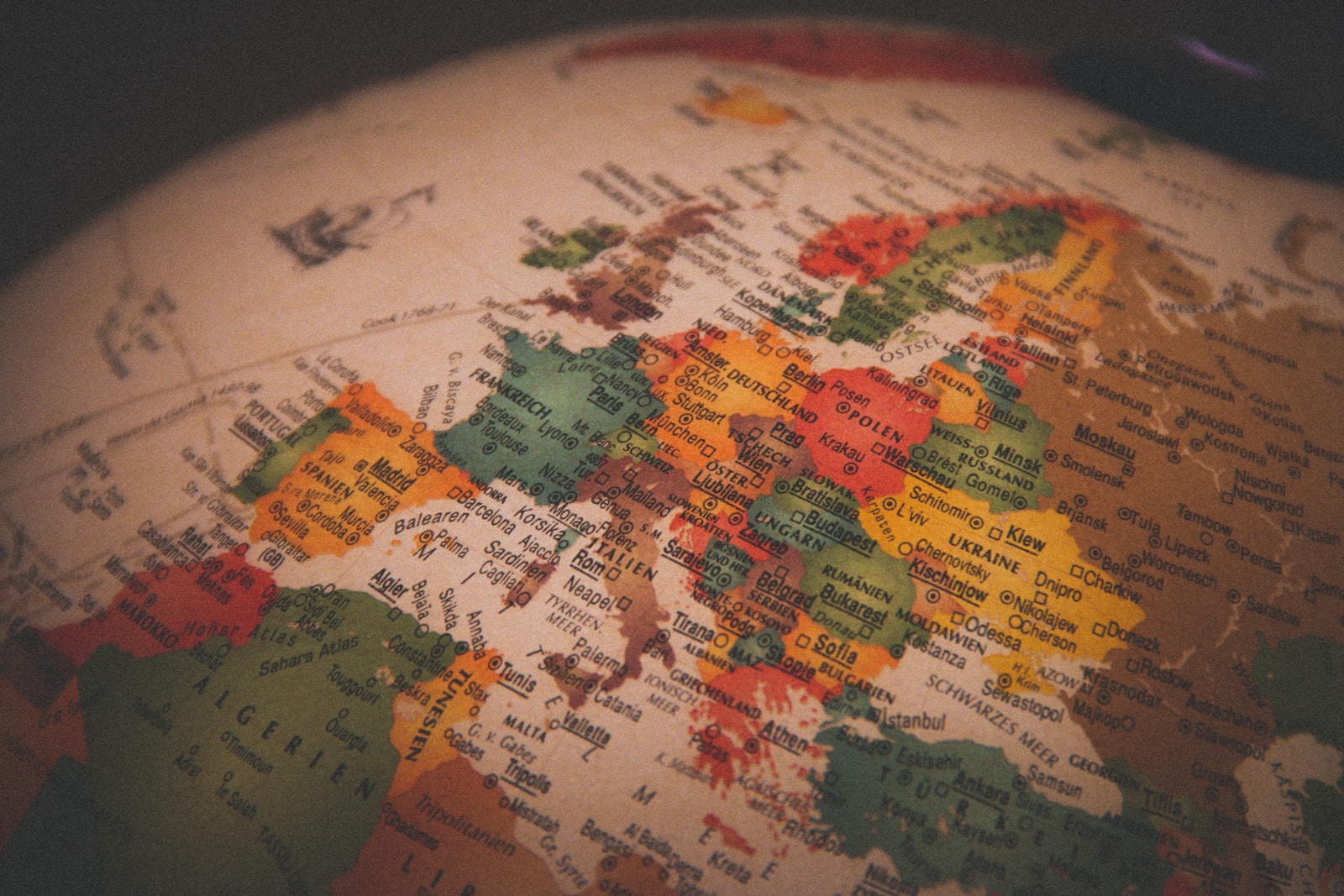Brazilian Unroasted Coffee
Brazilian unroasted coffee in Global Commerce Policy
In this regard, brazilian unroasted coffee is: a case brought before the GATT in 1980 which centered on the meaning of like product. Brazil complained that changes in the Spanish tariff schedule meant that Brazilian unroasted non- decaffeinated coffee was now treated less favourably than mild coffee . The distinction between these coffee types was based on a statistical method used by the International Coffee Organization which broadly graded coffee into mild Arabicas, unwashed Arabicas and Robustas. Brazil claimed that Spain was contravening GATT Article I:1 (General Most-Favoured-Nation Treatment) in that it treated like products from different countries in a discriminatory way. Spain argued that unwashed Arabica and mild coffee were different products in terms of quality, taste and cultivation methods. The panel disagreed with Spain. The entries on trade policy are here. It accepted the existence of different types of coffee, but it held that these differences were not enough to allow for a different tariff treatment. The entries on trade policy are here. It also found that unroasted coffee was mostly sold in blends, and that coffee, in its end-use, was universally regarded as a well-defined and single product for drinking . The entries on trade policy are here. Accordingly, the panel found in favour of Brazil and suggested that Spain remove its discriminatory treatment of Brazilian coffee.[1]
Brazilian unroasted coffeein the wold Encyclopedia
For an introductory overview on international trade policy, see this entry.
Resources
Notes and References
- Dictionary of Trade Policy, “Brazilian unroasted coffee” entry (OAS)

Leave a Reply